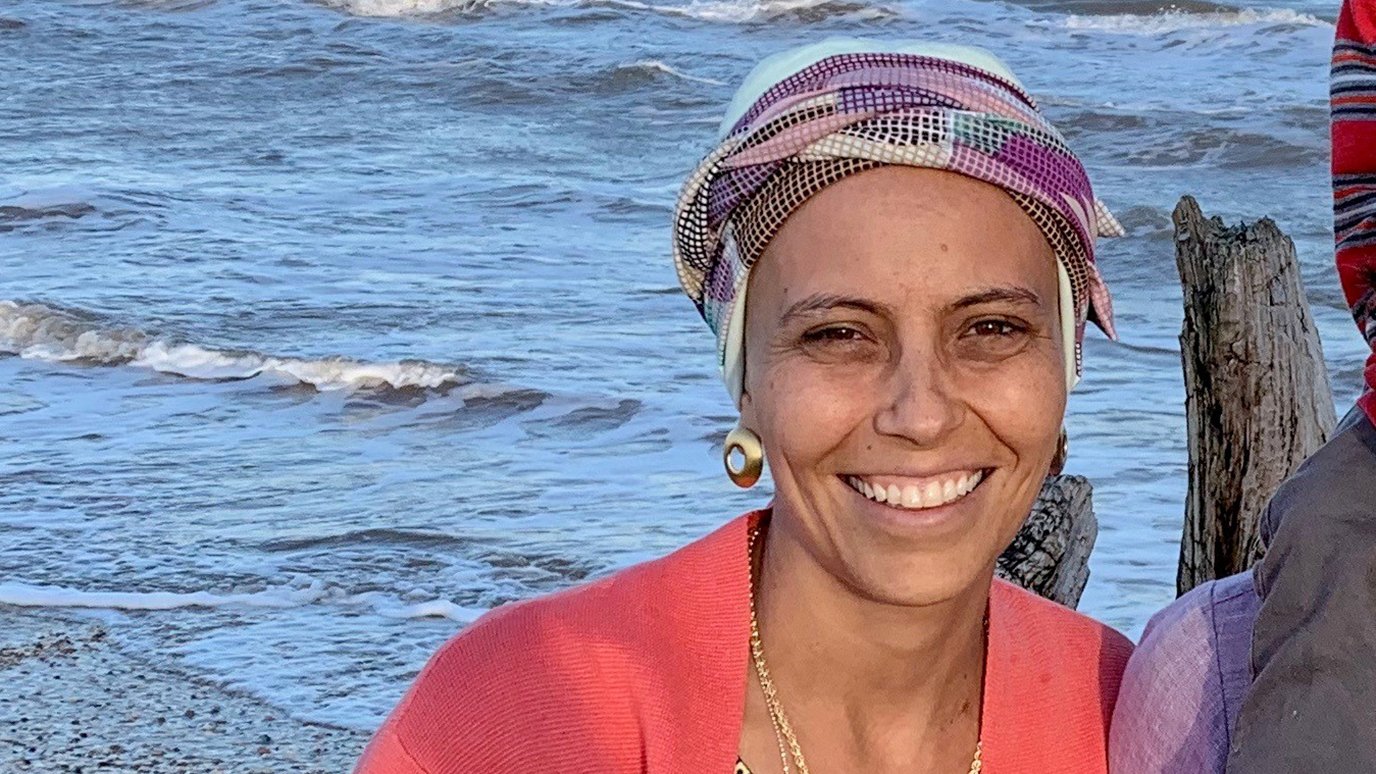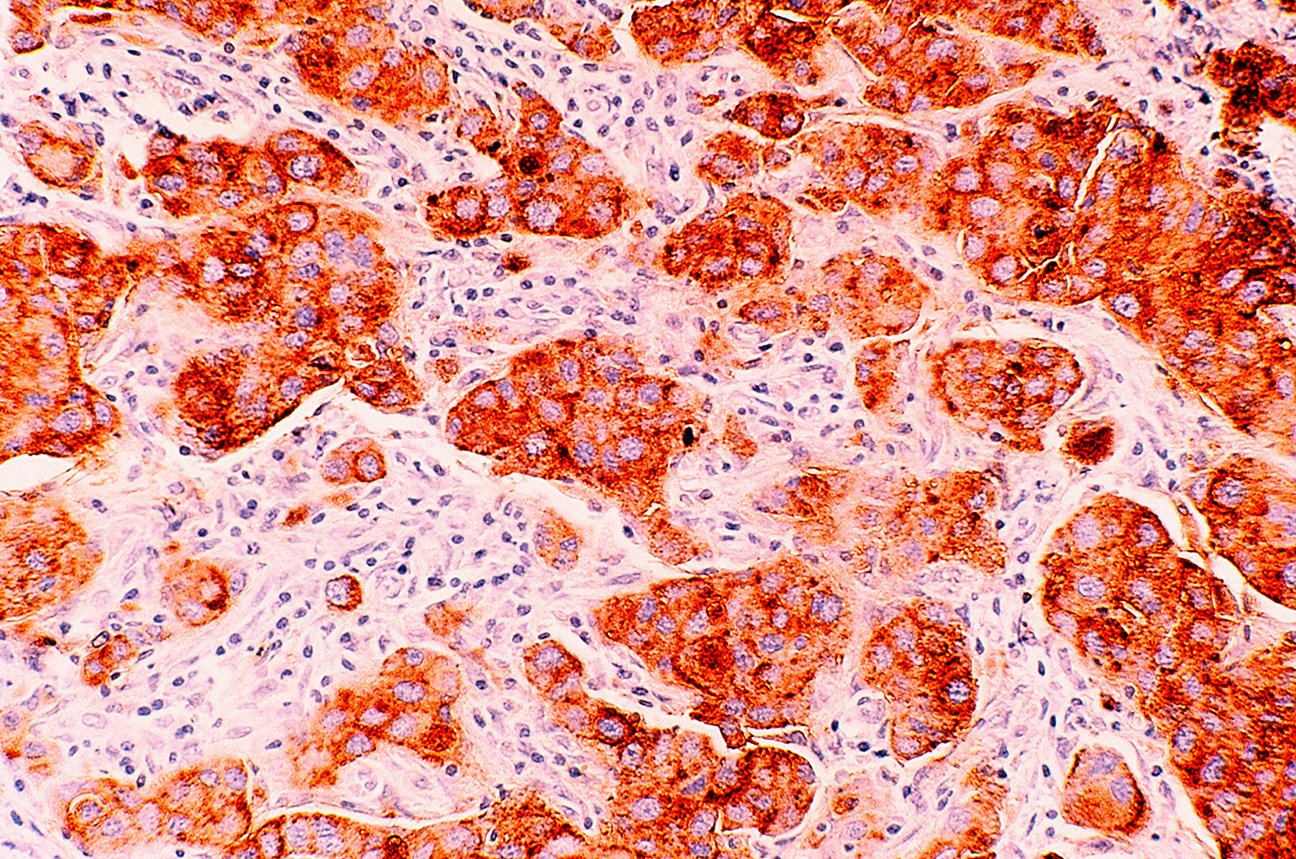- Diseases
- Acoustic Neuroma (14)
- Adrenal Gland Tumor (24)
- Anal Cancer (68)
- Anemia (2)
- Appendix Cancer (16)
- Bile Duct Cancer (26)
- Bladder Cancer (72)
- Brain Metastases (28)
- Brain Tumor (232)
- Breast Cancer (714)
- Breast Implant-Associated Anaplastic Large Cell Lymphoma (2)
- Cancer of Unknown Primary (4)
- Carcinoid Tumor (8)
- Cervical Cancer (158)
- Colon Cancer (166)
- Colorectal Cancer (118)
- Endocrine Tumor (4)
- Esophageal Cancer (44)
- Eye Cancer (36)
- Fallopian Tube Cancer (8)
- Germ Cell Tumor (4)
- Gestational Trophoblastic Disease (2)
- Head and Neck Cancer (12)
- Kidney Cancer (128)
- Leukemia (342)
- Liver Cancer (50)
- Lung Cancer (286)
- Lymphoma (278)
- Mesothelioma (14)
- Metastasis (30)
- Multiple Myeloma (100)
- Myelodysplastic Syndrome (60)
- Myeloproliferative Neoplasm (6)
- Neuroendocrine Tumors (16)
- Oral Cancer (100)
- Ovarian Cancer (172)
- Pancreatic Cancer (160)
- Parathyroid Disease (2)
- Penile Cancer (14)
- Pituitary Tumor (6)
- Prostate Cancer (146)
- Rectal Cancer (58)
- Renal Medullary Carcinoma (6)
- Salivary Gland Cancer (14)
- Sarcoma (238)
- Skin Cancer (296)
- Skull Base Tumors (56)
- Spinal Tumor (12)
- Stomach Cancer (64)
- Testicular Cancer (28)
- Throat Cancer (92)
- Thymoma (6)
- Thyroid Cancer (98)
- Tonsil Cancer (30)
- Uterine Cancer (80)
- Vaginal Cancer (16)
- Vulvar Cancer (20)
- Cancer Topic
- Adolescent and Young Adult Cancer Issues (20)
- Advance Care Planning (10)
- Biostatistics (2)
- Blood Donation (18)
- Bone Health (8)
- COVID-19 (362)
- Cancer Recurrence (120)
- Childhood Cancer Issues (120)
- Clinical Trials (632)
- Complementary Integrative Medicine (22)
- Cytogenetics (2)
- DNA Methylation (4)
- Diagnosis (232)
- Epigenetics (6)
- Fertility (62)
- Follow-up Guidelines (2)
- Health Disparities (14)
- Hereditary Cancer Syndromes (126)
- Immunology (18)
- Li-Fraumeni Syndrome (8)
- Mental Health (116)
- Molecular Diagnostics (8)
- Pain Management (62)
- Palliative Care (8)
- Pathology (10)
- Physical Therapy (18)
- Pregnancy (18)
- Prevention (918)
- Research (392)
- Second Opinion (74)
- Sexuality (16)
- Side Effects (604)
- Sleep Disorders (10)
- Stem Cell Transplantation Cellular Therapy (216)
- Support (402)
- Survivorship (322)
- Symptoms (182)
- Treatment (1786)
Triple-negative breast cancer: 7 things you should know
5 minute read | Published May 21, 2024
Medically Reviewed | Last reviewed by an MD Anderson Cancer Center medical professional on May 21, 2024
Triple-negative breast cancer (TNBC) is a type of breast cancer that does not have the same receptors as most other types of breast cancer. It’s an aggressive disease with a high rate of recurrence.
Here, I’ll share more about triple-negative breast cancer, including why the disease is more difficult to treat than other breast cancers, who’s at greater risk for developing it and how research is advancing
treatment.
What is triple-negative breast cancer?
When doctors diagnose breast cancer, they look for estrogen receptors, progesterone receptors and high levels of the human epidermal growth factor 2 (HER2) protein expressed in the breast cancer cells. These are what cause most breast cancers to grow.
But some breast cancers lack these receptors. When this happens, the disease is called triple-negative breast cancer.
What makes triple-negative breast cancer more difficult to treat?
Doctors typically target estrogen receptors, progesterone receptors and the HER2 protein when treating breast cancer. Think of these three markers like locks on a cancer cell. There are specific drugs, or ‘keys,’ we can use to unlock these locks. But these keys will not work on triple-negative breast cancer, which can make it harder to treat. So, we have to use other strategies to treat it.
Are some people more likely to develop TNBC?
Some common risk factors associated with triple-negative breast cancer include:
- Premenopausal status
- Race: we tend to see it more in Black patients
- Having an inherited BCRA1 or BCRA2 genetic mutation
How is triple-negative breast cancer diagnosed?
Triple-negative breast cancer makes up about 15% to 20% of breast cancer diagnoses in the United States.
About 80% to 90% of patients with triple-negative breast cancer are diagnosed at stage I, II or III. This is when the disease can potentially be cured.
Most patients will see a doctor after feeling a lump in their breast or noticing a change in the feel or appearance of their breast. The doctor will perform imaging tests and a biopsy to diagnose triple-negative breast cancer. Screening mammograms often pick up abnormalities in the breast, prompting additional imaging and a biopsy to diagnose cancer. So, it’s very important to keep up with your recommended breast cancer screenings.
Patients who are found to have stage IV disease at the time of first diagnosis only make up about 10% to 15% of triple-negative breast cancer cases. Usually, they will see a doctor for symptoms, such as abdominal pain or shortness of breath. If a scan reveals tumors in other places on the body, they’ll have a biopsy. The pathologist will determine if it’s breast cancer that has spread to other parts of the body. More commonly, we diagnose stage IV, or metastatic, triple-negative breast cancer when there is a recurrence. This means the patient was initially diagnosed with and treated for stage I, II or III triple-negative breast cancer, and then the cancer returned as stage IV.
How is triple-negative breast cancer treated?
It depends on the cancer’s stage. In most cases, chemotherapy is the most effective treatment option.
Patients with stage I TNBC will typically get treated with chemotherapy, followed by surgery – either a lumpectomy or mastectomy; in some cases, they may need more chemotherapy after surgery. Some patients also get radiation therapy after surgery.
For patients with stage II or III disease, standard treatment includes six months of chemotherapy plus immunotherapy, then surgery and possible radiation. Most patients will get six months of immunotherapy after surgery.
Stage IV triple-negative breast cancer is not curable, but it is treatable. The treatment depends on several factors, including if there’s an expression of the PD-L1 immune protein or if the patient has an inherited mutation in the BRCA1 or BRCA2 gene. Stage IV triple-negative breast cancer is usually treated with chemotherapy, sometimes along with immunotherapy.
We do genomic testing of tumors in patients with stage IV disease. This helps us match patients to specific clinical trials that can give them a better chance for successful treatment.
MD Anderson takes a multidisciplinary approach to caring for patients. Your surgeon, oncologist and radiation oncologist work together throughout your treatment to make sure you get the best care possible.
What is the survival rate for triple-negative breast cancer?
The survival rate for TNBC depends on several factors, including:
- if the cancer has spread,
- how well the tumor responds to treatment and
- the patient's overall health.
The average survival for patients newly diagnosed with metastatic (stage IV) triple-negative breast cancer is about 1 ½ to 2 years. Remember, survival rates are averages. This means 50% of patients will survive longer than the average, and 50% of patients have survival times shorter than the average. Additionally, these estimates don’t reflect the impact of newer treatments or include patients diagnosed in the last few years.
Patients with earlier-stage disease who respond well to treatment tend to have a much higher chance of survival. Each patient’s circumstances are unique, so it’s important to discuss your prognosis with your doctor.
What research is being done to advance triple-negative breast cancer treatment?
We’re looking to develop new and better drugs to treat metastatic triple-negative breast cancer. We’ve found that antibody drug conjugates work well in this space. Think of it as smart chemotherapy. The medication consists of two parts: the monoclonal antibody and the chemotherapy molecules that connect to the antibody. The antibody targets the cancer cell, allowing the chemotherapy to be delivered directly to the cancer cell.
Antibody drug conjugates are approved by the Food and Drug Administration (FDA) to treat metastatic triple-negative breast cancer. We’re researching to see if these drugs can be used in earlier stages – either before or after surgery – to reduce the risk of recurrence.
We’re trying to better personalize treatment for patients with stage I, II and III triple-negative breast cancer. We know triple-negative breast cancer isn't one disease, but right now it's treated as one. MD Anderson is conducting clinical trials to see if novel treatments can improve the response in tumors that do not respond to standard chemotherapy and immunotherapy.
We’re also researching if we can safely reduce the length of treatment for patients whose tumors respond well. For example, treatment typically lasts six months, but we’re trying to see if patients can have equally successful outcomes with just three months of treatment. This could help improve patients’ quality of life by minimizing side effects from treatment.
Clinical trials are so important because they allow patients access to emerging therapies that may work better than standard therapy. MD Anderson’s Nellie B. Connally Breast Center has physicians who specialize in treating triple-negative breast cancer, and we’re devoted to advancing treatment for this disease.
Clinton Yam, M.D., is a breast medical oncologist at MD Anderson.
Request an appointment at MD Anderson online or call 1-833-945-0787.
Related Cancerwise Stories

Most patients with triple-negative breast cancer are diagnosed at stage I, II or III, when the disease can potentially be cured.
Clinton Yam, M.D.
Physician





